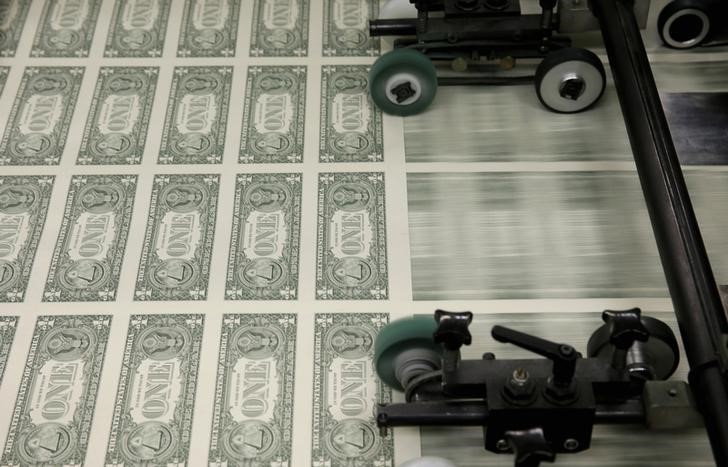Investing.com - The dollar pushed higher against the other major currencies on Wednesday, after the release of mixed U.S. data as investors awaited the Federal Reserve’s highly-anticipated policy statement due later in the trading session.
USD/JPY gained 0.48% to 113.68.
The U.S. Commerce Department said that housing starts rose 5.2% in February to hit 1.178 million units from January’s total of 1.120 million units. Analysts had expected a rise 4.6% to 1.150 million.
Meanwhile, the number of building permits issued declined 3.1% to 1.202 million units last month from January’s 1.204 million. Economists had forecast a drop of 0.1% to 1.167 million units in February.
A separate report showed that the U.S. consumer price index fell by 0.2% in February, matching expectations. Year-over-year, consumer prices were 1.0% higher.
Core CPI, which excludes food and energy, increased at annualized rate of 2.3% last month, compared to expectations for a 2.2% gain.
Data also showed that U.S. industrial production decreased by 0.5% last month, worse than expectations for a decline of 0.2%.
Investors were eyeing the conclusion of the Fed’s two day policy meeting later Wednesday, with most investors expecting no change given recent signs of weakness in the global economy.
EUR/USD slid 0.41% to 1.1062.
The dollar was higher against the pound and the Swiss franc, with GBP/USD down 0.43% at 1.4091 and with USD/CHF rising 0.32% to 0.9903.
Earlier Wednesday, the U.K. Office for National Statistics said that the unemployment rate held at 5.1% in the three months to January, in line with expectations.
The U.K. claimant count fell by 18,000 in February, compared to expectations for a decrease of 9,100 people, and following a drop of 28.400 a month earlier.
Meanwhile, the average earnings index, including bonuses, rose by 2.1% in the three months January, while wages excluding bonuses rose by 2.2%.
Also Wednesday, U.K. finance minister George Osborne announced that the Office for Budget Responsibility reduced expectations for GDP growth in 2016 to 2% from the prior November forecast of 2.4%.
Osborne added that inflation would be just 0.7% in 2016, revised from the original forecast of 1% back in November.
Meanwhile, the Australian and New Zealand dollars turned lower, with AUD/USD down 0.32% at 0.7436 and with NZD/USD slipping 0.12% to 0.6594.
USD/CAD held steady at 1.3354.
Statistics Canada reported on Wednesday that manufacturing sales increased by 2.3% in January, beating expectations for a 0.5% gain. Manufacturing sales rose 1.4% in December, whose figure was revised from a previously estimated 1.2% increase.
The U.S. dollar index, which measures the greenback’s strength against a trade-weighted basket of six major currencies, was up 0.36% at 97.01, the highest since March 10.
